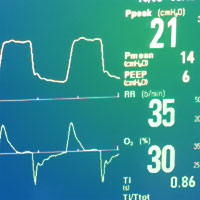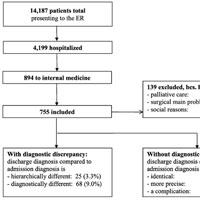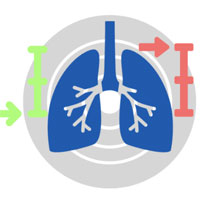Tag: trial

Impact of Hypophosphatemia on Outcome of Patients in ICU
Hypophosphatemia at admission is an independent risk factor for 28-day mortality in general ICU patients. The cohort included 946 patients with a median phosphate concentration of 0.77 mmol/L. Patients with hypophosphatemia... read more
Who May Benefit Most From Future Vitamin D Intervention Trials
High-dose vitamin D3 supplementation was associated with a reduction of 28-day mortality in a mixed population of critically ill adults with vitamin D deficiency when excluding patients who died or were discharged within... read more

A Trial of Goal-oriented Hemodynamic Therapy in Critically Ill Patients
Hemodynamic therapy aimed at achieving supranormal values for the cardiac index or normal values for mixed venous oxygen saturation does not reduce morbidity or mortality among critically ill patients. A total of 10,726 patients... read more

Level and Prevalence of Spin in Published Cardiovascular Randomized Clinical Trial Reports With Statistically Nonsignificant Primary Outcomes
In this systematic review that included 93 reports of Randomized Clinical Trials (RCTs) from 6 high-impact journals, positive spin of statistically nonsignificant primary outcomes was found in 57% of abstracts and 67% of... read more

Effect of a Low vs Intermediate Tidal Volume Strategy on Ventilator-Free Days in ICU Patients Without ARDS
In patients in the Intensive Care Unit (ICU) without acute respiratory distress syndrome (ARDS) who were expected not to be extubated within 24 hours of randomization, a low tidal volume strategy did not result in a greater... read more

Reversal of Oral Anticoagulation in Patients with Acute Intracerebral Hemorrhage
In light of an aging population with increased cardiovascular comorbidity, the use of oral anticoagulation (OAC) is steadily expanding. A variety of pharmacological alternatives to vitamin K antagonists (VKA) have emerged... read more

Reproducibility Trial Publishes Two Conclusions For One Paper
The British Journal of Anaesthesia's unusual experiment is designed to broaden replicability efforts beyond just methods and results. How deeply an anaesthetist should sedate an elderly person when they have surgery is... read more

Organizational Factors Associated with Target Sedation on the First 48 hours of Mechanical Ventilation
Although light sedation levels are associated with several beneficial outcomes for critically ill patients on mechanical ventilation, the majority of patients are still deeply sedated. Organizational factors may play a role... read more

Neuromuscular Blockade for ARDS Was No Help, In Supine Patients
Continuous neuromuscular blockade for severe ARDS became common practice after the ACURASYS trial showed it reduced mortality by an absolute 9%. A larger trial, ROSE, now finds no benefit of the therapy over usual care, but... read more

Diagnostic error increases mortality and length of hospital stay in patients presenting through the emergency room
Diagnostic errors occur frequently, especially in the emergency room. Estimates about the consequences of diagnostic error vary widely and little is known about the factors predicting error. Our objectives thus was to determine... read more

Tidal Volume Strategies for those without ARDS
This paper justifies utilizing a higher tidal volume strategy for our patients without primary ARDS/pulmonary disease. This can be very useful. Patient comfort and patient-ventilator synchrony are extremely important. This... read more

Social and Economic Problems of ICU Survivors Identified by a Structured Social Welfare Consultation
Despite over a decade of trials, no outpatient intervention has demonstrated any measurable improvement in the poor health-related quality of life (HRQoL) patients experience following critical illness [1, 2]. One novel avenue... read more

Heterogeneity of Treatment Effect by Baseline Risk of Mortality in Critically ill Patients
Randomised controlled trials (RCTs) enrolling patients with sepsis or acute respiratory distress syndrome (ARDS) generate heterogeneous trial populations. Non-random variation in the treatment effect of an intervention due... read more

Contemporary Management of Cardiogenic Shock
Cardiogenic shock (CS) is a multifactorial and hemodynamically diverse high-acuity illness that is frequently associated with multisystem organ failure. The complexity of CS requires a widespread application of best-care... read more








